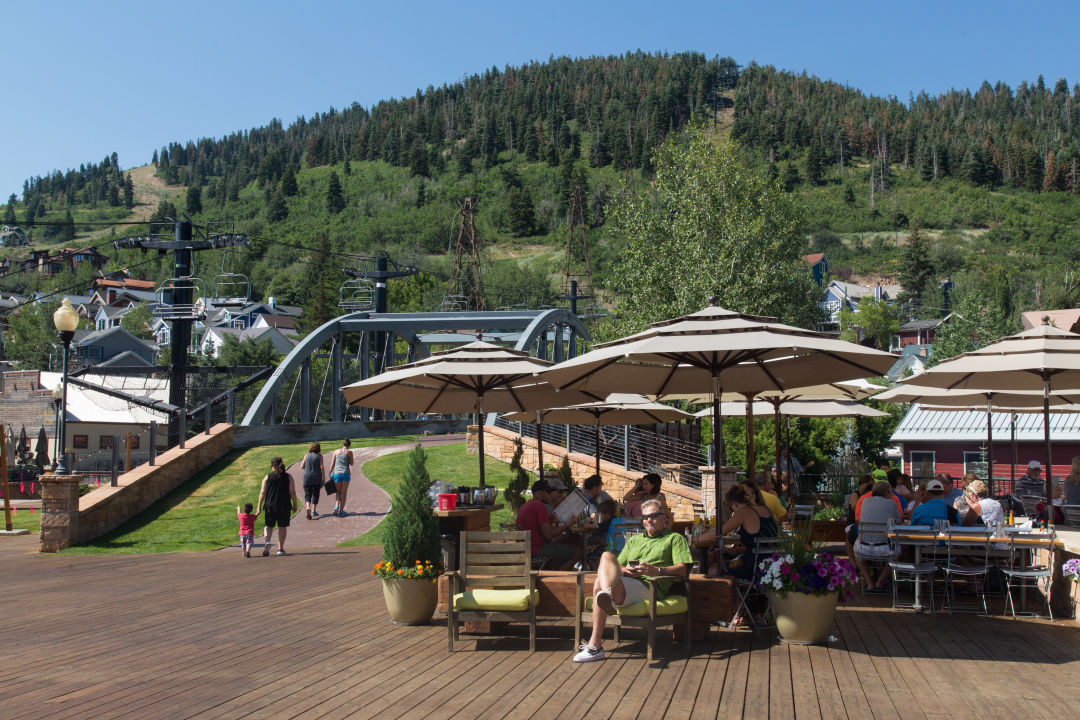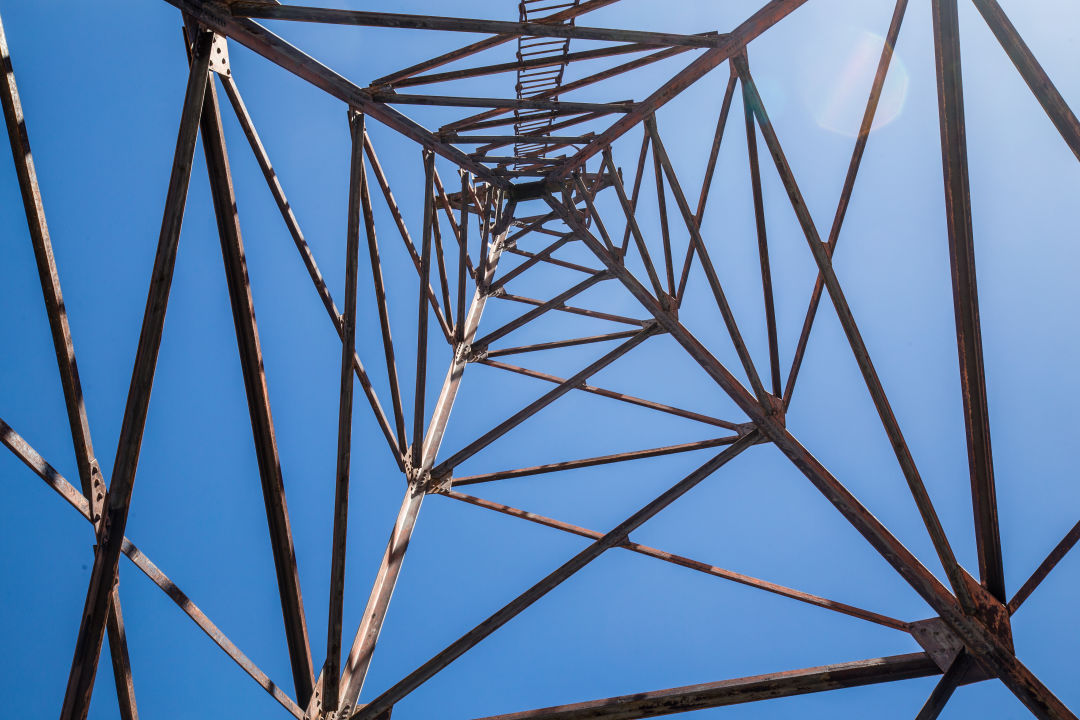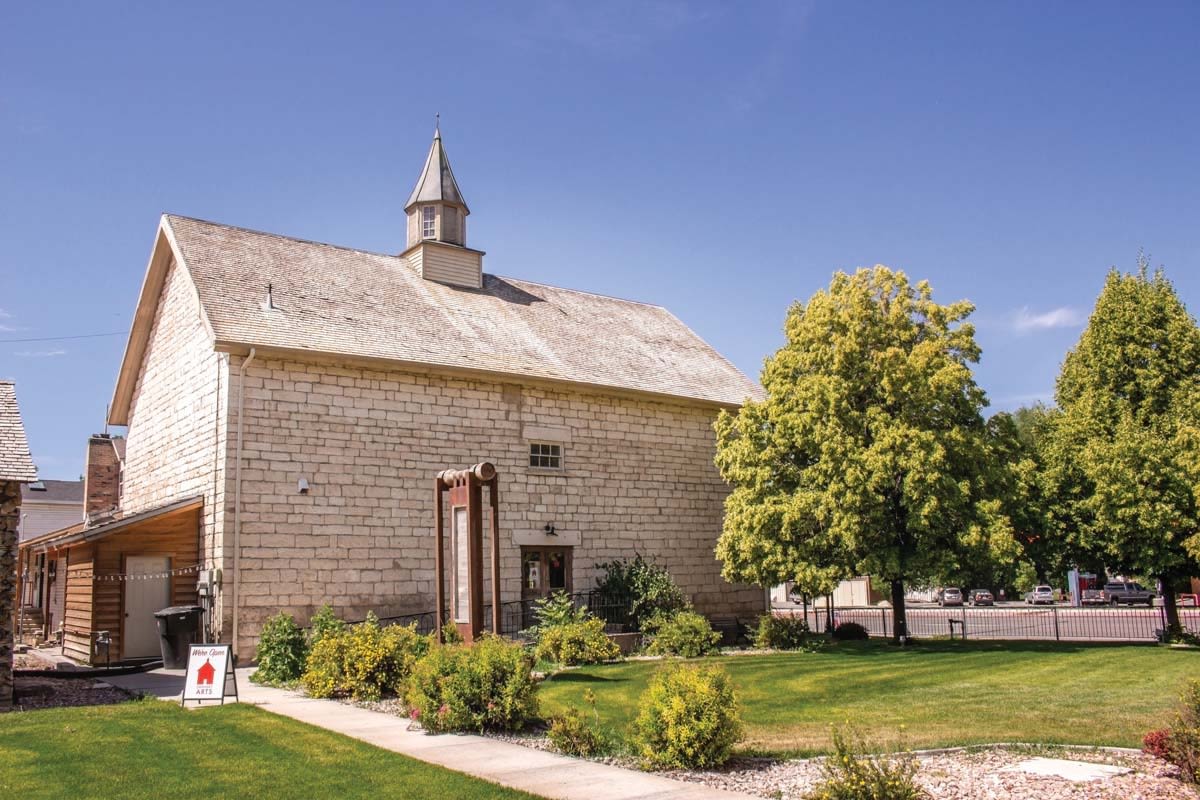Guardians Of A Bygone Era: The Aerial Tramway Towers

You can spot the aerial tramway towers on Treasure Hill, running along the lift line of Town Lift.
Image: Michaela Wagner
If you've ever ridden the Town Lift or wandered around that area of Main Street, you've probably seen the large steel aerial tramway towers climbing up Treasure Hill. Leftovers of the bygone mining era, the towers are some of the most visible relics of Park City's heritage. They were built by the famed Silver King Mining Company and were used to transport buckets of ore from the mine to a loading site in town.
Construction of the aerial tramway and a new sampler building began in August of 1900 under the supervision of John Breckenridge Fleming, the Silver King Mine's foreman. A consummate perfectionist, Fleming paid attention to every detail of the project, from the minute the workers began clearing sage and brush on the mountainside to the first test run of the new tramway. Unlike other tramways of the era that used wooden towers, the Silver King Mine's towers were made from sections of four-inch by four-inch angle iron. The final product consisted of 39 towers and 80 ore buckets, each with the capacity to carry roughly 800 pounds of ore, stretching from the Silver King Mill in Woodside Gulch to the Coalition Building on Park Avenue. On June 6, 1901, the Silver King Mining Company put their brand new, state-of-the-art tramway and sampler to work, with Silver King Manager Thomas Kearns hailing it as "equal in every respect to the best in use in the world."

Considered state-of-the-art in their day, the steel towers doubled the Silver King Mine's output.
Image: Michaela Wagner
The impressive feats of engineering were well worth the investment. Utilizing a system of hoppers, bins, conveyor belts, crushing machines, grinders, screens, and elevators, the sampler could transform 175 pounds of crude ore into four one pound representative samples of lead, silver, and gold in just five hours. From the sampler, crude ore was transported via the aerial tramway 7,000 to the Coalition Building loading station in town. At the Coalition Building, ore was dumped into bins that could load two railroad cars at a time. Elevators then lifted coal and supplies 85 feet to the top of the building where buckets hauled the materials (and sometimes miners) back to the mine. The aerial tramway helped double the Silver King output while reducing the cost of transporting crude ore and concentrates from the mine to the railway by 85 percent. Even more impressive, the sprawling system could be operated by a single person.
In 1953 use of the aerial tramway ceased. Today, all that remains on site are the lonely tramway towers, though a few of the buckets can be spotted at various places around town, including at the Park City Museum. Sadly, the sampler building and loading station were both destroyed by a fire in July of 1981.
For more information on the Silver Mine Aerial Tramway Towers, check out the online resources from Park City Museum here.




































